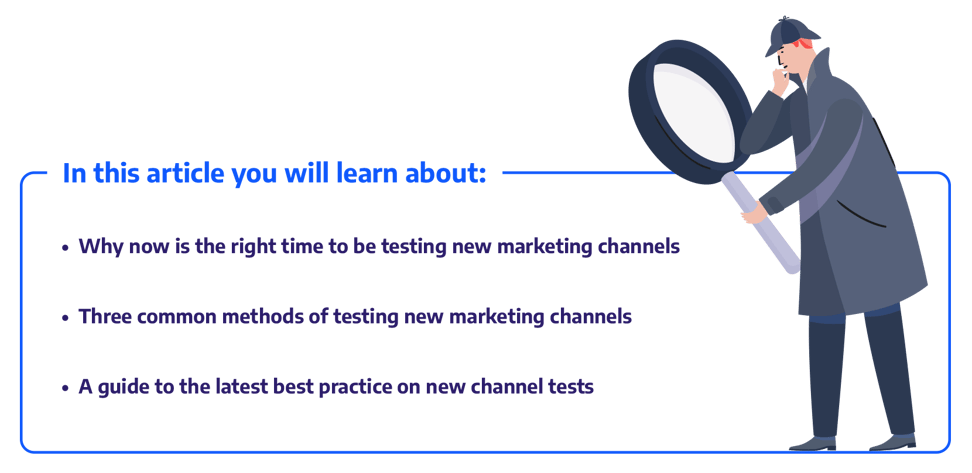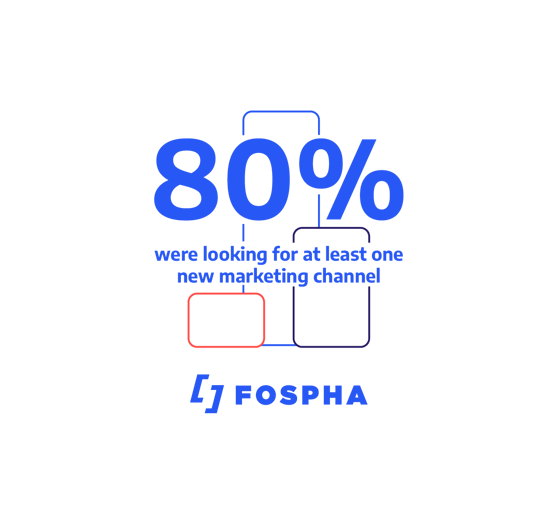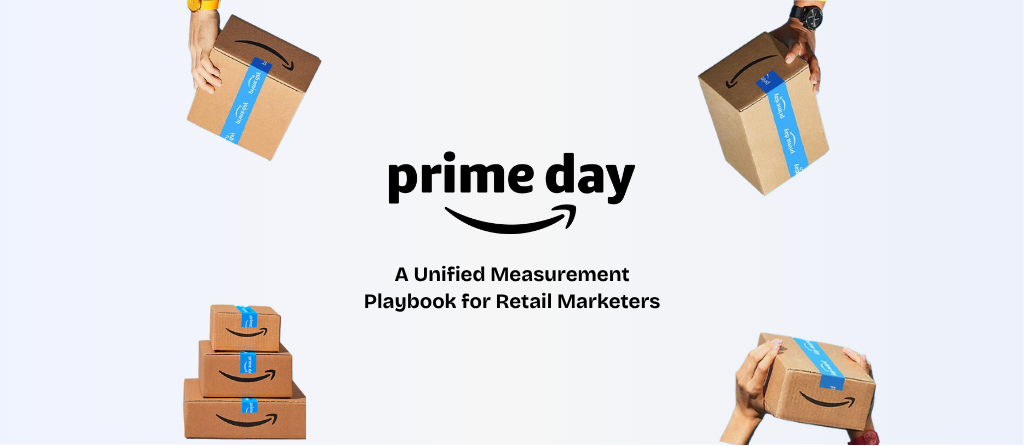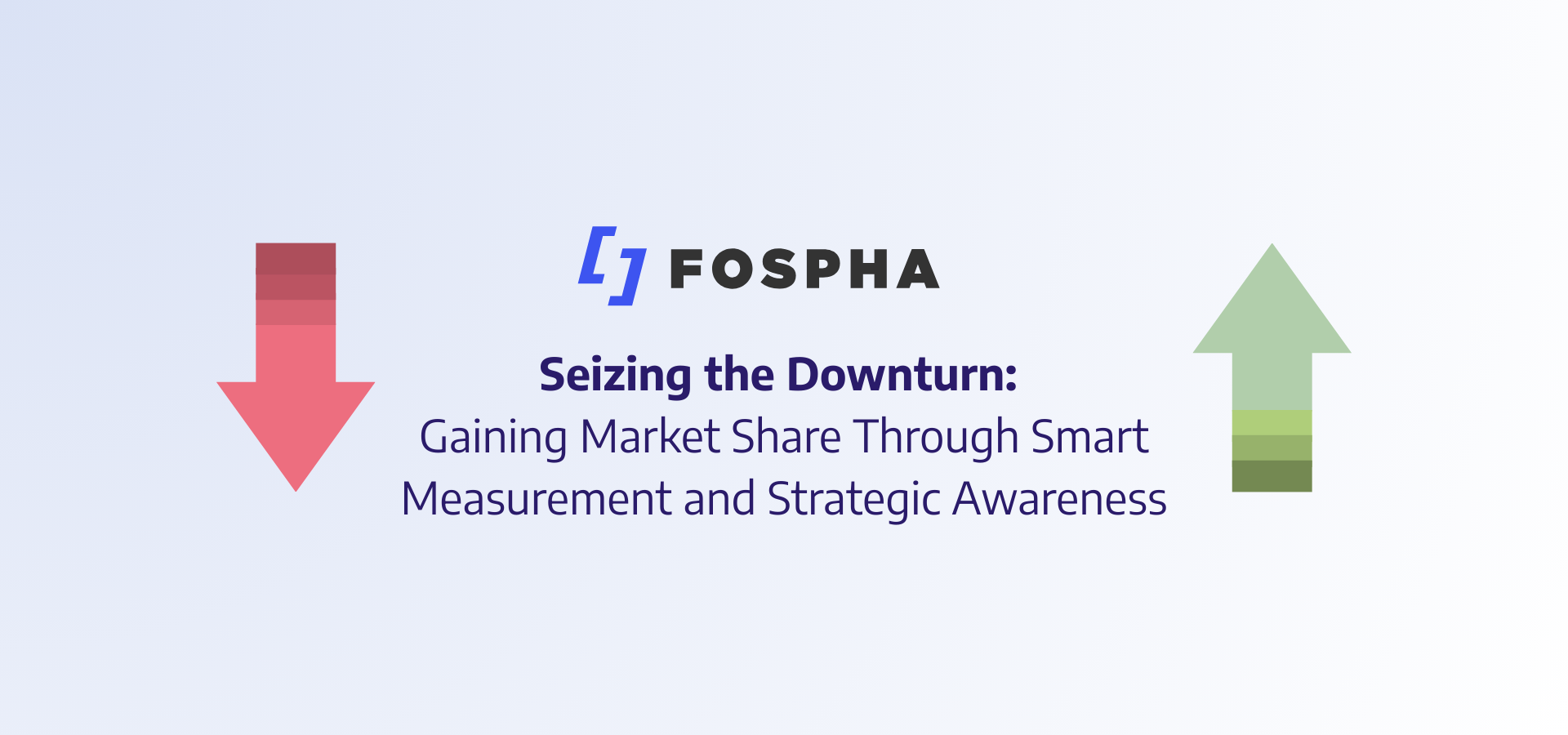This article is a guide for mid-tier Direct to Consumer brands on how to run analysis and testing for new performance marketing channels.
Estimated reading time: 7 minutes
I don’t know if you’ve noticed, but the world of eCommerce advertising has just got a whole load more complex.
Some would argue that this process has been happening for a decade, but the 2017 Cambridge Analytica scandal was a clear moment of reckoning for an industry that had previously been founded on gathering large volumes of customer data. Since then we have seen some big milestones – the introduction of the GDPR, the California Consumer Privacy Act, and most recently Apple’s war on invasive customer data practices. Still to come – Google’s promise to deprecate the third party cookie in 2022.
While all of these landmark events have brought their own challenges, the one that has really shaken the eCommerce advertising world has been Apple’s June 2021 iOS14.5 update.
The iOS14.5 update has forced Facebook to reduce the amount and quality of data it provides in their Ad Manager, and has led many to begin the process of introducing new marketing channels to reduce their pure reliance on Facebook. It has also caused drastic measurement problems in other big digital ad platforms – most notably Snap Inc, whose weaker than expected Q3 2021 figures were attributed to low customer confidence in their data, and led to an instant drop of 25% from its share price. These challenges highlight the importance of implementing multi channel attribution strategies to accurately measure the impact of marketing efforts across different channels and touchpoints.
In a Fospha poll from September 2021, 80% of respondents were looking for at least one new marketing channel to help them cope with the fallout from the changes. It’s always been the case that good growth marketers are aware they eventually need to diversify their portfolios, but these updates made it clear that for many, ‘someday’ has become 'today'. The reason is simple.
The reason is simple.
Given the uncertainty in the current advertising landscape, hedging your bets across multiple marketing channels is a good idea. As a disclaimer, the brands we typically speak to and work with are spending between £100k and £5m/month on ads, and it’s definitely easier to make these smaller social channels work when your spend is at that level or above. However, we’ve seen that the brands who have done the best in the last few months have been ones that are able to balance their Facebook performance ads with increased activity in Pinterest, Reddit and YouTube, using multi-channel attribution.
What are people doing right now?
So we’ve established that a diverse marketing channel mix is a healthy one – great! The next step is working out how you’re going to diversify – or, put another way, where you’re going to spend your budget beyond Facebook. We’ve listed out the four most common approaches, from simplest to most complete:
1. Listening to the market (‘If it works for Allbirds…’)
This approach is very simple. Just check what your competitors/peers/models are doing, and copy them. “My friend at Thirdlove says they’ve been advertising on Reddit for the last 6 months and the results have been amazing. That might work for us too.”
- Why it’s good – social proof is a powerful indicator, and if you know that a brand is killing it, and they love a certain channel, that’s a great sign.
- Why it’s bad – Stating the obvious, but just because it works for them, doesn’t mean it’s going to work for you too. Brands at different stages, with different size or structure of team, different budgets and different products will often have very different experiences, even within the same marketing channel. Seeing what works for others is a good start, but you need to be doing your own channel analysis and measurement too.
2. Using ad platform reporting and/or GA (‘15X ROAS?? I must be doing something right!’)
Ad platform data is a great reference point once you’re up and running in a channel, as there is a degree of consistency in their reporting. When you’re just starting out though, you don’t know which way is up yet! And while the marketing channels by and large use the same metrics as each other, the attribution models they use to calculate those metrics are very different. So the same outcome could easily be reported as 0.8X ROAS in YouTube and 12X ROAS in Snapchat – and you would have no insight into which of those campaigns had performed better.
- Why it’s good – They make it so easy! The data is right there in the ad platform
- Why it’s bad – well… you wouldn’t let a kid mark their own homework, right?
3. Lift testing
There are many more detailed articles giving a rundown of the pros and cons of lift testing. Here we’ll keep it simple. Lift testing basically involves introducing one new thing to your marketing mix, then measuring it by the way your bottom line changes after you bring it into play.
- Why it’s good – it’s theoretically a very pure test. Ultimately, the reason we’re running direct response ads is to convert new customers. If introducing that new channel correlated with a 10% rise in new customers in the month you started advertising it, that’s a solid indicator you’re onto a good thing.
- Why it’s bad – in reality, tests like this are very messy. Seasonality and consumer behavior is a big factor if you’re comparing month-to-month, and the impact of COVID on marketers’ ability to make year-on-year comparisons is brutal. Then you add in everything else that could change – stocking issues, promotions, product mix & new product launches, CPM changes in your other channels, the list goes on (and on). Even if you get a good result, it can be tough to trust your test.
When you’re starting to scale the business, using some combination of those 3 methods is typically fine. The stakes are low, your resources are limited and you are more likely to throw time at this than money.
As you start to spend 100s of thousands per month, coping with the imperfections of the above approaches becomes a time sink that scales exponentially as you grow. That brings us to the fourth option. Companies exist with specialist solutions designed to take care of this problem for you. As your budgets grow, the marginal gains associated with working one of these easily outweighs the costs.
4. External measurement and attribution solution
Taking advantage of the recent developments in machine learning and computing, the marketing industry is now able to run sophisticated and automated versions of the processes in the first 3 methods. This is a sea change in marketing channel analysis – by considering many variables on a daily basis, and modelling for how they impact revenue, these solutions automatically serve you with a reliable cross-channel understanding of your marketing performance.
Why it’s good:
There’s one immediate and tangential advantage here. Although the historic Facebook data you have lost is gone, working with a third party will replace and improve upon much of that functionality going forwards.
But there are other benefits to working with a third party too:
- They’re independent. In your current system, every ad platform you work with is clamoring to claim credit for as much revenue as possible. Using multiple partisan black-box systems with different measurement techniques is an obviously imperfect system. Without independence, your measurement cannot be objective. Without objectivity, it cannot be trusted. Using one independent and fair measurement system will save you a lot of headaches.
- They’re specialists. As we’ve discussed, the changes aren’t going to stop with iOS14.5. iOS15 is already incoming and about to shatter the data available to email marketers. There will be more to follow. Marketers are already overstretched, expected to be a master of all trades. By working with a third party, you can outsource taking care of these updates and futureproof against unknown changes to come. For example, losing visibility of a key channel in the run up to a key period like Black Friday/Cyber Monday is a disaster you want to avoid.
- You can run multiple robust tests simultaneously. One of the biggest challenges with the approaches above is that even in your best case scenario, you can only run one reliable test at a time. And right now, diversifying your spend is too important to spend 2 months at a time testing each new channel one by one. Taking a machine learning approach to marketing channel analysis is the only way to fairly test multiple channels at once.
- You get access to data on the market. Working with the right provider, they can give you support, intel and benchmarks from the wider market to guide your investments. For example, Fospha were able to advise many customers to go straight to Reddit following the iOS14.5 changes, as we’ve seen that perform very well for D2C brands. (We’ve actually made some of this data available for free – check out our benchmarking report here).
Why it’s bad:
As mentioned above, this approach isn’t for everyone. There is a tipping point before which the top three methods above are perfectly sufficient for the needs of the business. In order to make investing in this worthwhile, you need a significant amount of media spend (millions per year).
Conclusion
We’re at a pivotal moment in digital marketing, and the challenge of safely diversifying your marketing mix can feel scary. If you would like to get a second opinion on your current experimentation plan, or would find it valuable to discuss the best practices that we’re helping our clients with at the moment then please do fill in this form and we’ll be in touch to organise a call.



